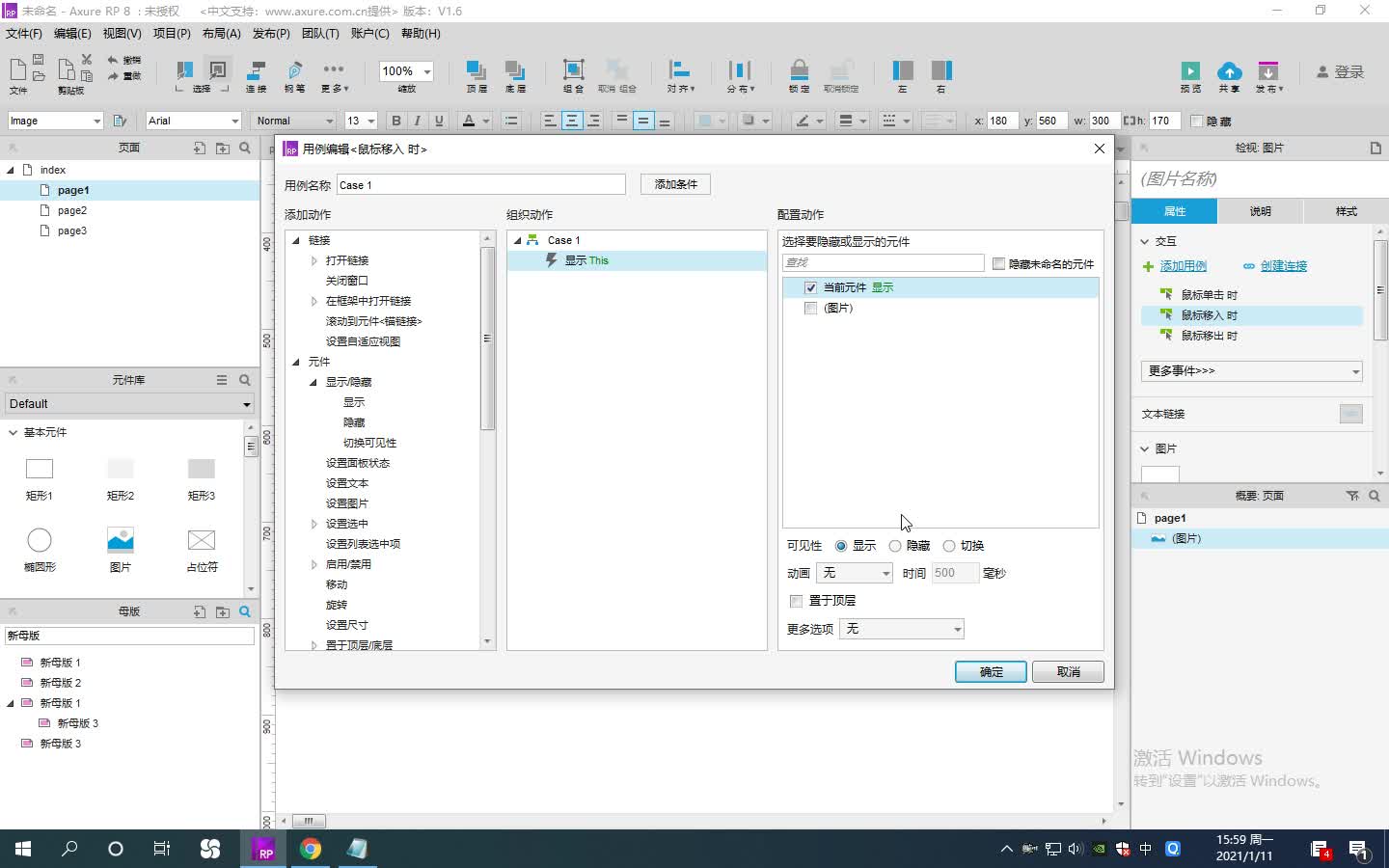

Occurs when the user accesses the menu with the keyboard or mouse. Axure RP is a prototyping and diagramming tools for various projects. Occurs when the MenuStrip is deactivated. In this example, let us add menu and sub-menu items.ĭrag and drop or double click on a MenuStrip control, to add it to the form.Ĭlick the Type Here text to open a text box and enter the names of the menu items or sub-menu items you want. Click the Manage Page Styles icon, next to the page style dropdown in the Style pane, to open the Page Style Manager. When you add a sub-menu, another text box with 'Type Here' text opens below it.Ĭomplete the menu structure shown in the diagram above. To add a new style, click Add at the top of the dialog. Alternatively, you can click Duplicate to make a new style from an existing style. The study shows clear potential for gestures with mid-air ultrasonic haptic feedback in the automotive domain.To delete a style, select it and click Delete. In contrast, for button-selection tasks, the touchscreen was most popular, enabling the highest accuracy and quickest responses, particularly when combined with haptic feedback to guide interactions, although this also increased visual demand.

For slider-bar tasks in particular, gestures-with-haptics was also associated with the shortest interaction times, highest number of correct responses and least 'overshoots', and was favoured by participants. Results show that combining gestures with mid-air haptic feedback was particularly promising, reducing the number of long glances and mean off-road glance time associated with the in-vehicle tasks. Both interfaces were tested with and without haptic feedback generated using ultrasound.
AXURE RP 8 COLOR SAMPLING ISSUES DRIVERS
The results provide evidence that differences in color for touch targets may reduce glance time away from the road when driving and ultimately reduce the risk of distracted driving.Įmploying a 2x2 within-subjects design, forty-eight experienced drivers (28 male, 20 female) undertook repeated button selection and 'slider-bar' manipulation tasks, to compare a traditional touchscreen with a virtual mid-air gesture interface in a driving simulator. The study found that participants spent significantly shorter time glancing at touch screens when presented with color targets compared to grayscale targets. This paper investigates the role of color in touchscreen tasks as it relates to driver's glance behavior, identifying strengths and limitations of color in touch screens while navigating in a driving simulation.

generally requiring the user to interact with a particular, relatively small, area of the screen where a virtual button or other control is located. The design of touch screen dashboard UIs has followed the paradigms set by mobile touch screen interfaces, i.e. In an in-car context, the visual information presentation on a display requires careful UI design. Although speech and gesture interfaces offer appealing interaction solutions for interacting with car controls, the current general trend in consumer electronic UIs is dominated by touch screens.
AXURE RP 8 COLOR SAMPLING ISSUES DRIVER
Automotive UIs operated by the driver must demand minimal user attention, and eyes-free interaction should be encouraged. In-vehicle infotainment systems, along with an increasing number of other features, drastically increase the risk of drivers becoming distracted with secondary in-car tasks. The trend towards integrating an increasing amount of intelligence, as well as media and navigation services, in cars brings challenges for automotive User Interface (UI) design. Automobile manufacturers have been consistently increasing the amount of new technology in their products to meet consumer demands and to improve desirability.


 0 kommentar(er)
0 kommentar(er)
